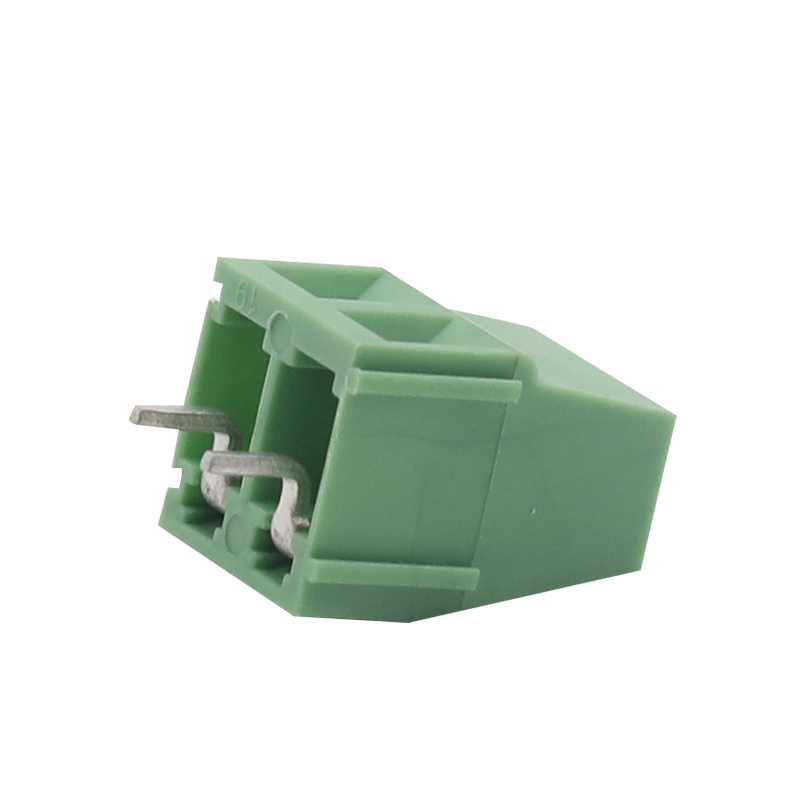Unveiling the Powerhouse: Delving into the Essential Components and Features of Control System PCB Terminal Blocks
2024-04-12
In the labyrinth of industrial automation, where precision and reliability are paramount, Control System PCB Terminal Blocks emerge as unsung heroes, silently orchestrating seamless connectivity and signal transmission. Behind their unassuming exterior lies a world of essential components and features that form the backbone of modern control systems. Join us as we embark on a journey to unravel the key components and features of Control System PCB Terminal Blocks, shedding light on their indispensable role in industrial applications.
Essential Components of Control System PCB Terminal Blocks
1. Terminal Contacts: At the heart of every Control System PCB Terminal Block are the terminal contacts, serving as the conduit for electrical signals. These metallic elements provide secure connection points for wires or cables, ensuring reliable transmission of signals within the control system.
2. Insulating Housing: Surrounding the terminal contacts is the insulating housing, a protective shell that shields the terminal block from environmental hazards and electrical interference. Constructed from robust materials such as plastic or ceramic, the housing provides electrical insulation and mechanical support, safeguarding the integrity of the terminal block.
3. Mounting Mechanism: Control System PCB Terminal Blocks are designed to be mounted directly onto printed circuit boards (PCBs) using various mounting mechanisms. Whether through-hole mounted or surface-mounted, the mounting mechanism ensures secure attachment of the terminal block to the PCB, facilitating stable and reliable connections.
4. Labeling and Marking: To aid in wiring, troubleshooting, and maintenance, many Control System PCB Terminal Blocks feature labeling and marking options. Clear identification of connection points, polarity, and terminal functions streamlines installation and enhances operational efficiency, minimizing errors and downtime.
Key Features of Control System PCB Terminal Blocks
1. Modularity: Control System PCB Terminal Blocks often feature a modular design, allowing for easy expansion and reconfiguration of control systems. Modular terminal blocks enable quick assembly and disassembly of connections, facilitating system upgrades and modifications without extensive rewiring.
2. High-Density Layout: In space-constrained environments, high-density terminal blocks offer a compact solution for maximizing connectivity within limited PCB real estate. By packing more terminal contacts into a smaller footprint, high-density terminal blocks optimize space utilization without compromising performance.
3. Versatility: With a wide range of configurations, sizes, and functionalities available, Control System PCB Terminal Blocks offer versatility to meet diverse application requirements. From simple wire-to-board connections to complex multi-level configurations, terminal blocks can be tailored to suit specific needs, ensuring compatibility with various devices and systems.
4. Reliability and Durability: Engineered to withstand harsh industrial environments, Control System PCB Terminal Blocks are built for reliability and durability. Robust construction, high-quality materials, and stringent testing ensure that terminal blocks perform consistently under demanding conditions, minimizing the risk of connection failures and downtime.
5. Safety Features: Safety is paramount in industrial settings, and Control System PCB Terminal Blocks incorporate various safety features to mitigate risks. From high-voltage insulation to secure locking mechanisms, terminal blocks prioritize user safety and regulatory compliance, providing peace of mind in critical applications.
Conclusion
Control System PCB Terminal Blocks are more than just connectors; they are the linchpin of connectivity in modern control systems. With their essential components and features, terminal blocks enable seamless communication and signal transmission, empowering industrial automation and enhancing operational efficiency. By understanding the key components and features of Control System PCB Terminal Blocks, engineers and designers can harness their full potential to create robust, reliable, and scalable control systems that drive innovation and productivity in industrial applications.



